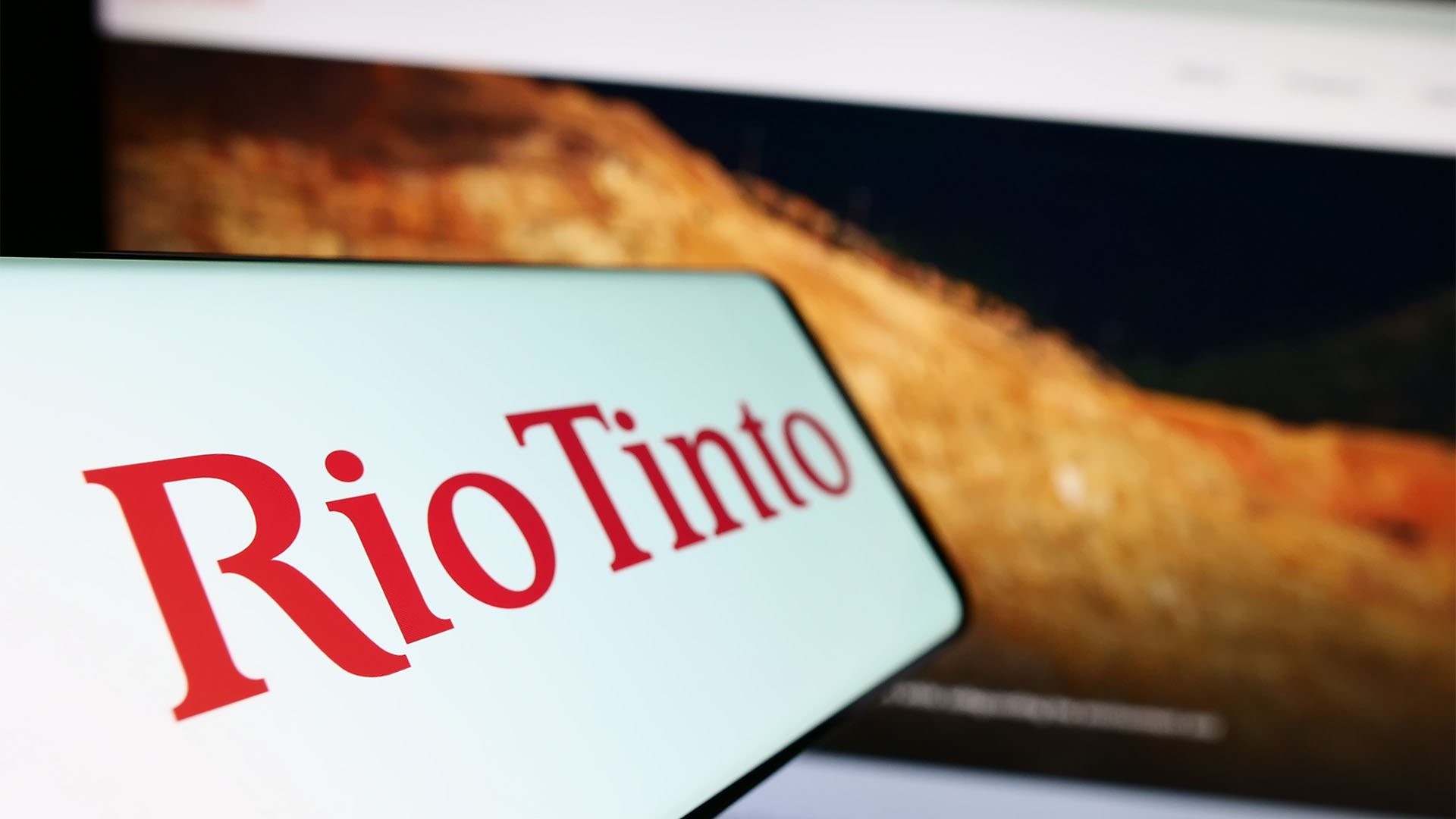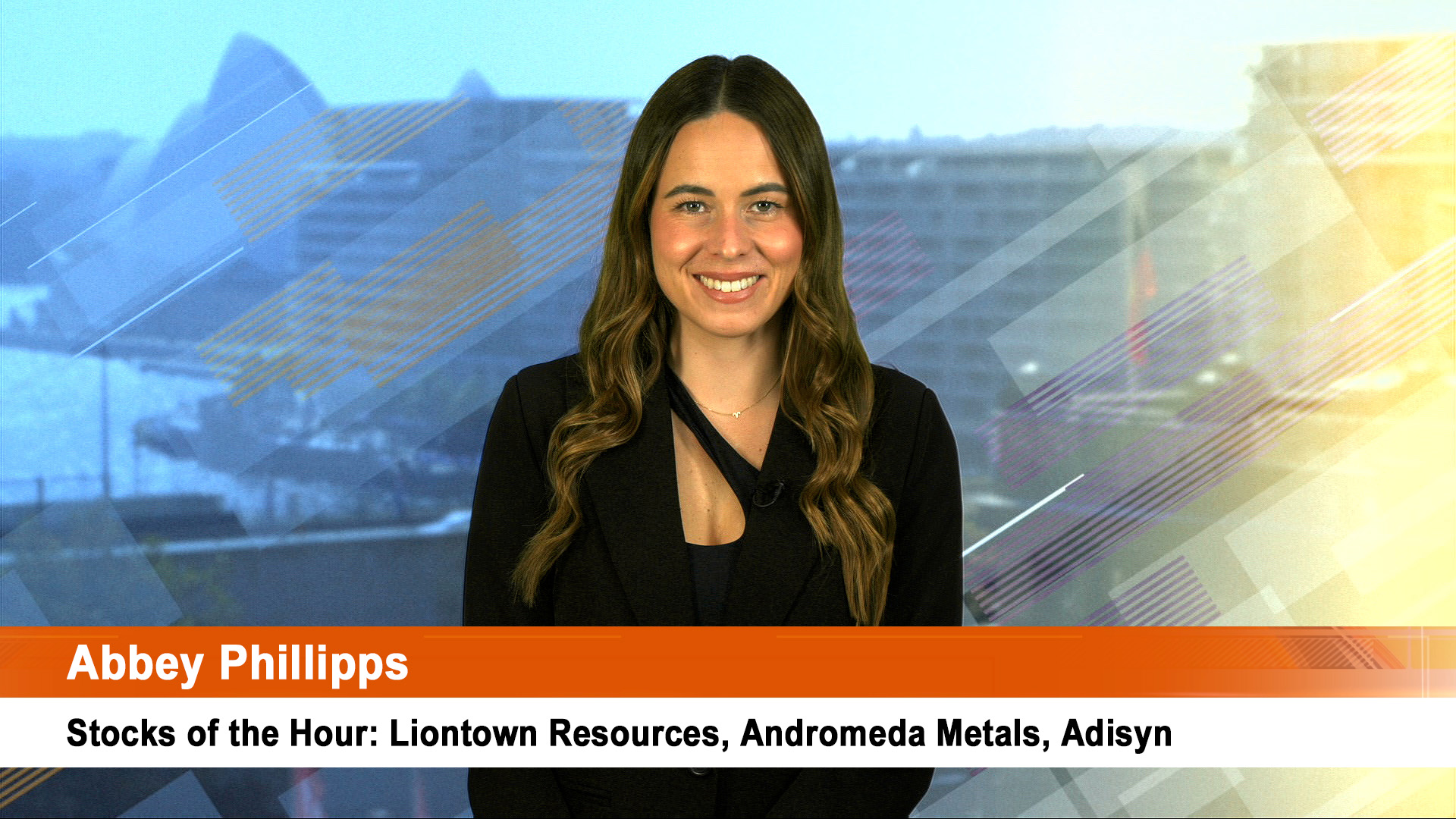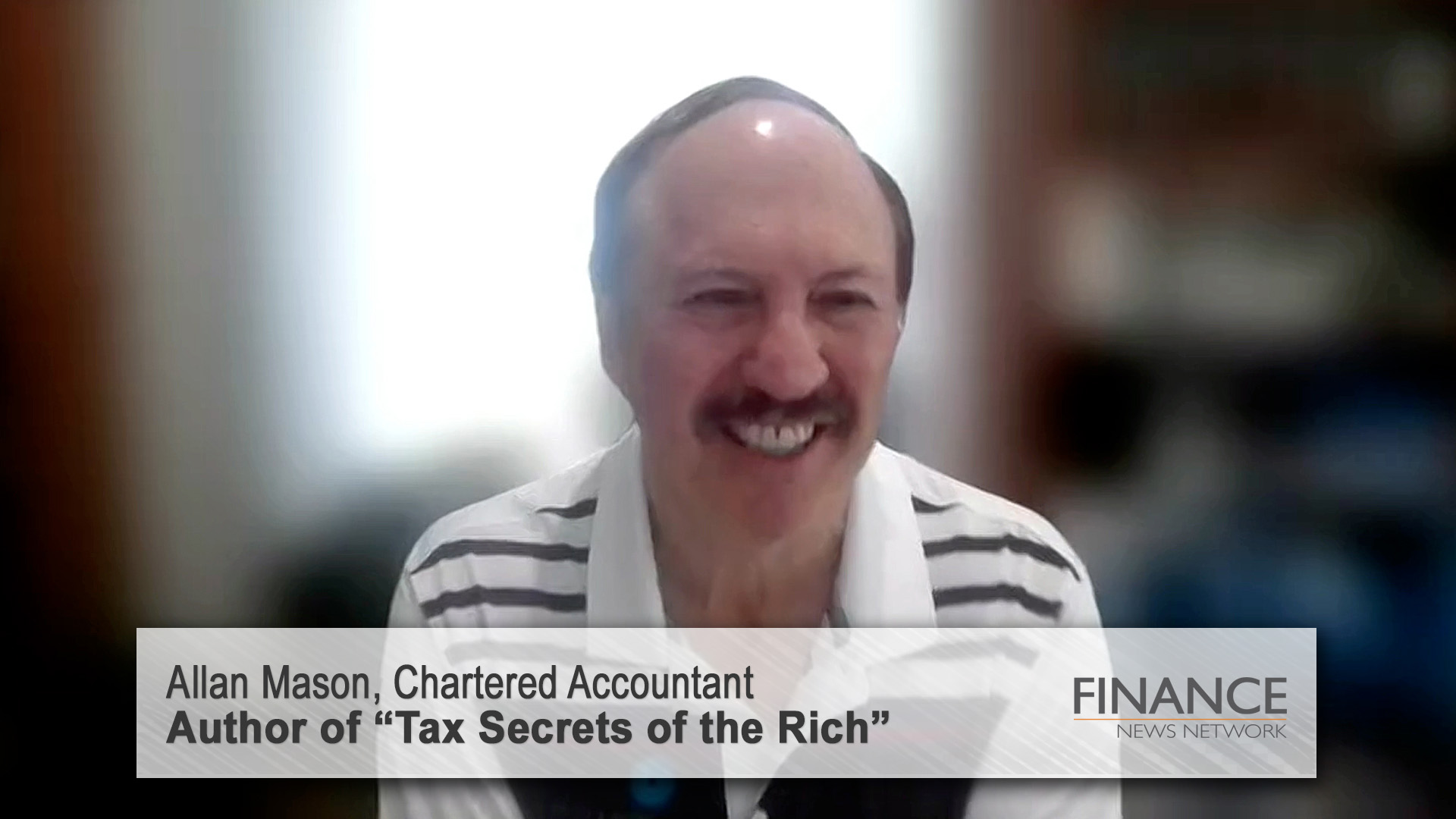
Later today or tomorrow we will get the first official news from China on how the Government wants to see the country’s economy to perform this year.
The Chinese Premier Wen Jiabao is widely expected to announce a target growth rate for the year, targets for inflation (no longer a big concern) and estimates for a host of other measures.
He could also reveal additional spending plans and policy changes to help the country’s economy recover, and to make sure the $US586 billion stimulus package of last November remains on track.
Reports of a possible new spending package ignored the question: why, if the one last November was supposed to be big enough.
But markets around the world rose sharply: 4% or more in Europe, 3% in the US ( and then a late fall to around a gain of 2.2%). Copper jumped 7%, oil by 9%. For the second time in four months, China will ride to the rescue of the global economy. Maybe.
Some Beijing reports say the Chinese Premier will reveal a high lift in the budget deficit for 2009 to meet the upturn in spending on the economy and welfare.
The speech by the Premier to the annual meeting of the National People’s Congress is usually a final, sanitised version of debate that has gone on inside the upper levels of the party and the government for the past several months.
The figures/targets and policy changes and new measures are hard and prescriptive, not maybes.
The Congress has already been reported as spending a lot of time on welfare, unemployment and the question of ‘social unrest’.
What the Premier says is a growth target for this year will give us a big clue as to how the Chinese feel the economy will travel, and where the supposed recovery is right now.
If more spending is announced, then that will be tacit acknowledgment that last November’s package wasn’t enough, or didn’t contain enough new spending items.
The nominal Chinese target has been annual GDP growth of 8%: that is said to be the rate at which the economy grows fast enough to absorb unemployment and generate jobs, high levels of income, domestically and internationally, and to keep inflation and social unrest in place.
It hasn’t been the case in the past few years as growth surged, and then fell towards the end of last year. 4th quarter GDP grew at 6.8% annual, against a near 13% rate in 2007 (and probably higher for a couple of quarters).
An 8% target will be a signal that the government is being conservative and acknowledging that the economy might grow more slowly than that, before rebounding at the end of the year. That is certainly the expectation among some analysts in the west.
But export figures for January (and imports) were down sharply, pointing to a tough start to the year. Japanese exports to China and Asia fell by more than 40%, a sign that the slump is not going away, despite whatever surveys and reports from within China might say.
Much attention will be on iron ore price negotiations (and coking and thermal coal contract renewals as well). There’s a feeling the iron ore companies are going to delay settling prices until steel demand and prices are in solid recovery: that could mean a delay of months.
The idea is that the longer they wait, the smaller the cut: already the spot price for iron ore has risen from around $US65 a tonne to around $US80 a tonne, leading to a chorus of forecasts here in Australia for cuts of 20%-30%. Four months ago the same analysts were wondering about 40% cuts and deeper.
That is of course based on the consensus that the Chinese economy rebounds and that Chinese steel output rises from the current low levels. Just what the basis for such consensus is hard to find. Certainly Posco, the big South Korean steel maker is keeping its steel output cuts going through the second quarter. Japanese steel output is down this quarter, as is that of the world’s biggest steelmaker, Arcelor Mittal.
These companies supply the car, construction and whitegoods industries: so far there are no signs of any upturn in demand from these huge buyers. As we saw yesterday, US car sales fell in February and Ford and GM are cutting second quarter production levels, meaning less steel will be needed. Cuts will happen across Europe as well and in Japan. Toyota is looking at a 12% cut in global output in the year starting April 1.
Bloomberg reported this week that a glut of steel at ports in China shows mills were too quick to boost output on expectations the stimulus package unveiled in November would spur demand.
According to a report from the Bank of Nova Scotia and Bloomberg, steel stockpiles at Shanghai’s main port have jumped 44% this year to 2.1 million tonnes last week.
It was that upturn in output that led to those stories about China’s bounce and caused spot iron ore (and coking coal) prices to rise. if that’s the ‘consensus’ for a second half rally in the Chinese steel sector and economy and lower price cuts, then the industry could be fooling themselves.
If there is one thing this slump has shown, it’s deeper than anyone thought in every country, with some never seen before impacts on industries across the board. It is co-ordinated and it is powerful and no economy on earth has been able to stand against the trend for longer than a quarter or two.
In China, the development to look for is some evidence of a rebound in real estate construction and commercial property: both remain depressed (and unemployment has risen as a result).
That’s why yesterday’s manufacturing index from China should be viewed a bit sceptically.
The index rose for a third month, which analysts took as a sign recovery might be closer.
The Purchasing managers Index rose to a seasonally a













